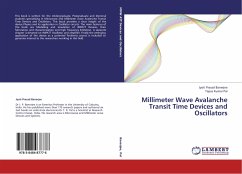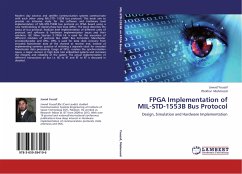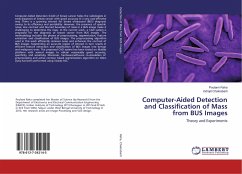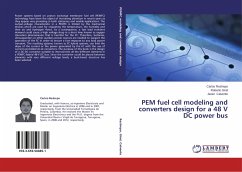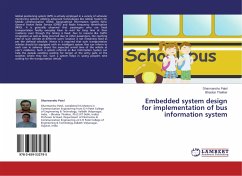In order to limit global warming and strive for more liveable and sustainable cities, innovative zeroemission busses should be implemented in the Netherlands from 2025 onwards. Different alternative vehicle propulsion methods have been introduced during the last decades. However, for now, only electric vehicles can be classified as (on the pipe) zero-emission vehicles. An important limitation of a battery electric vehicle is the limited range due to capacity restrictions of current batteries. Therefore, batteries should be (re)charged before, during and after the daily operations. Different charging methods, including different charging systems and power, are available and some applied. However, there is no standardization of charging infrastructure yet. This study provides insights in the choice for a charging method, including corresponding trade-offs, in order to get insights in advantages and disadvantages of each method in different, specific situations. A comparison study of different applied charging methods for electric buses is obtained, which has, as far as known to the author, never been done before.
Bitte wählen Sie Ihr Anliegen aus.
Rechnungen
Retourenschein anfordern
Bestellstatus
Storno


